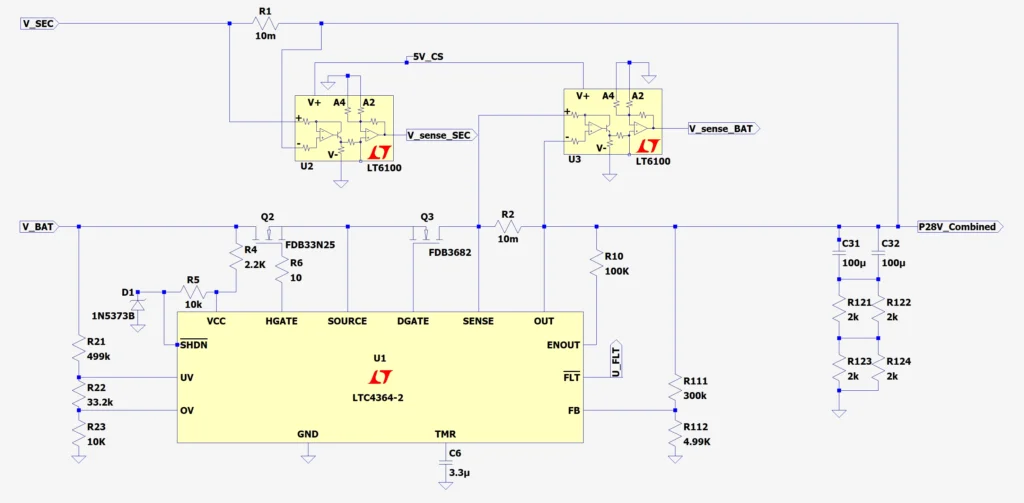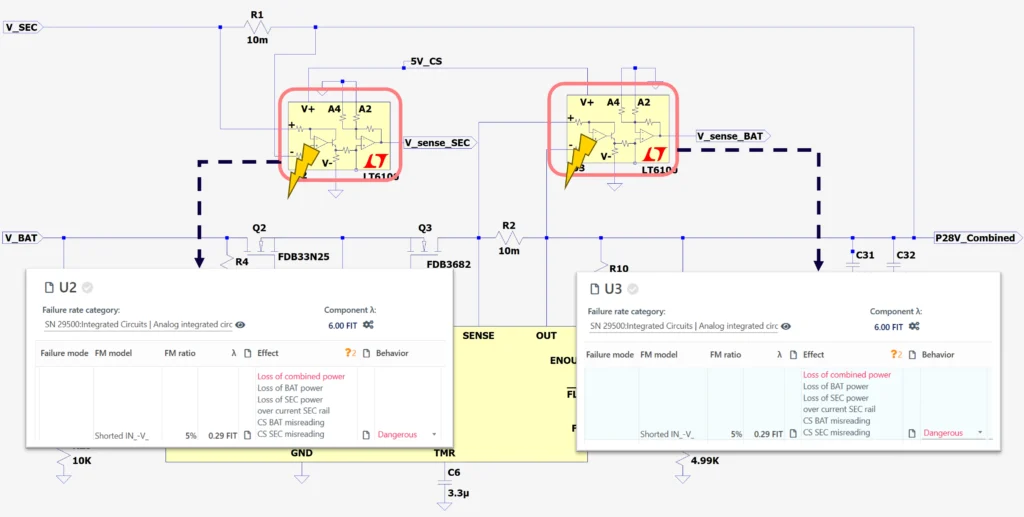The Problem: An Impossible Choice
No safety-critical technology can reach production, let alone the market, without safety sign-off. This usually means months of painstaking, cumbersome manual safety analysis on the part of the safety engineer- endless excel sheets calculating FIT rates and failure modes for every single component in the system. As electronics become rapidly and unceasingly more sophisticated and complex, this already major task is becoming only more unmanageable.
Owing to the significant effort required by traditional safety analysis methods, safety analysis is left until the end of design- it is currently far too time and resource-intensive to consider performing during the process. This fills the design process with risk, the results of the safety analysis are nervously awaited; if they reveal the design to be unsafe, the whole thing must be reworked, and then the whole safety-analysis process must be repeated to make sure the proposed remedy has had its desired effect. At such a late stage in the design, such delays are dreaded, as they derail deadlines, delaying time-to-market potentially by months. Preempting the need for rework on the part of the designer manually is virtually impossible without significantly curtailing the scope for innovative, disruptive design ideas. With thousands of dollars at stake for every hour more spent on safety analysis, the safety manager is faced with the impossible choice between safety and speed- between delays costing millions and mistakes costing billions, decade-long earned reputations, or even lives.
The Solution: No More Need for Compromise with Modelwise’s Paitron
Modelwise’s Paitron eliminates the need to compromise between innovation, speed, or safety. Offering a reliable solution for the automation of Failure Mode, Effects, and Diagnostic Analysis (FMEDA), safety analysis can be performed at any point during the design process. The electronics designer is equipped with the expertise of the safety engineer, able to check the feasibility of any design element at any point, and check their solutions to unsafe designs almost immediately and the safety engineer can create their final analysis with confidence. Moreover, the door is opened to a design process made iterative and explorative through safety-based design optimization, all enabled by 100x faster, automated safety analysis that delivers results often even more accurate than manual safety analysis, identifying design flaws that would have usually gone overlooked. Whereas finding these flaws would be devastating if identified as late as the analysis is usually done, with their early identification, their rectification is unproblematic and swiftly verified, potentially even illuminating the path to more innovative design.
The Solution at Work: Paitron Transforms Electronics Design
It takes just a simple example to see how Paitron’s automated safety analysis revolutionizes the design process. Saving unprecedented amounts of time and money as well as unlocking the potential for unprecedented leaps in innovation, it equips the designer and safety engineer with the critical information they need exactly when they need it.
The Status Quo: Weeks of Analysis for Just One Sub-System and No Guarantees
Consider the following power selection subsystem (Figure 1), a typical configuration in a variety of safety-critical applications in the aerospace, automotive, and industrial automation industries. Serving as just one part of a larger design, it comprises 24 components, among them three integrated circuits (ICs): U1, U2, and U3. The overall system that motivated the example spans over more than 2000 components, split into 300 subsystems of similar complexity, as shown here.

The immensity of the task of the safety engineer is clear. To perform a complete FMEDA, all potentially relevant failure modes must be evaluated for these 24 components, amounting to more than 200 failure modes for just this sub-system. With an average manual assessment time of around 10 to 20 minutes, the cumulative effort can easily span several days or weeks: 200 failure modes x 15 minutes/failure mode = 50 hours. The effort for the overall system (2000 components, 300 subsystems) has to be measured in years.
And yet, for all this time and effort invested, there is no guarantee that all potential effects will have been caught; being manual, human error is inevitable and, when it comes to safety, can be fatal. Remember- the power selection subsystem is just one part (~24 components) of a much larger system (+2k components). Because of the size and complexity of the underlying system, such safety critical design issues are easily overlooked. Finding every single one would require intricate manual work to be done 100% accurate 100% of the time, something even the best engineers cannot always guarantee. Then, for those effects that have been identified, the same effort must be repeated to assess whether they have really been resolved by modifications. As the length of the process increases, its cost balloons.
The Situation is Entirely Different with Paitron
With Paitron, the entire process of identifying and analyzing failure modes is completely automated, requiring minimal configuration. The FMEDA report shown in figure 2 was generated in just half an hour. Our easy-to-navigate safety KPI dashboard intuitively guides the user to areas of concern in the full report, saving further time previously spent manually navigating huge spreadsheets. In this case, the user is directed to how multiple failure modes lead to the undesired ‘loss of power effect’. They would be able to swiftly identify that the input pin shorting to ground effectively pulls the power output and could quickly identify that this relates to failure modes of components U2 and U3 (see figure 3).


Identify, Rectify, and Design Flaws Effortlessly
With the design flaw swiftly identified, the design can be updated to prevent the critical dangerous undetected effect. One straightforward solution would be adding two diodes: D2 and D3, one on each power rail. They ensure that a pin short to ground at U2 or U3 no longer pulls the output to ground.
After adjusting the system design, the analysis can effortlessly be re-run to promptly evaluate the impact of the design update. Whereas in the manual process, this would require effort on the same scale as the original analysis, with Paitron, this is just a few clicks.

The detailed FMEDA report excerpt for U3 now confirms that the previous failure modes leading to “Loss of combined power”, such as shorts pins to ground, are now confined to the affected rail only. The dangerous failure rate is reduced to 0 FIT, confirming that the dangerous effect “Loss of combined power” due to a single point of failure has been successfully prevented.
Want to see how FMEDA automation works for your specific projects? → See how Paitron can help.
A New Paradigm for Electronics Design
Harnessing the power of automation in the FMEDA process makes consistently and reliably finding these potential flaws both fast and easy enough to be feasible for every design iteration. The implications for the design process overall are transformative; with unprecedently quicker and easier safety analysis, those dreaded design modifications and improvements can now be embraced, increasing the scope for unhampered innovation in design. Designers and engineers, freed from the constraints imposed by the manual safety-analysis process, can concentrate on creating innovative products. What was once a cumbersome addition to the design process becomes a truly transformative, value-adding, integrated asset. In the present example, the effort for an FMEDA-based design optimization was just minutes. The added unit cost of less than 10 cents is just a fraction of the overall cost-saving this achieves. What is more, these results are truly reliable; as significant as the cost-savings are, this peace of mind is priceless.
Comments, suggestions? Brickbats, bouquets? Please send your feedback to our editor.
